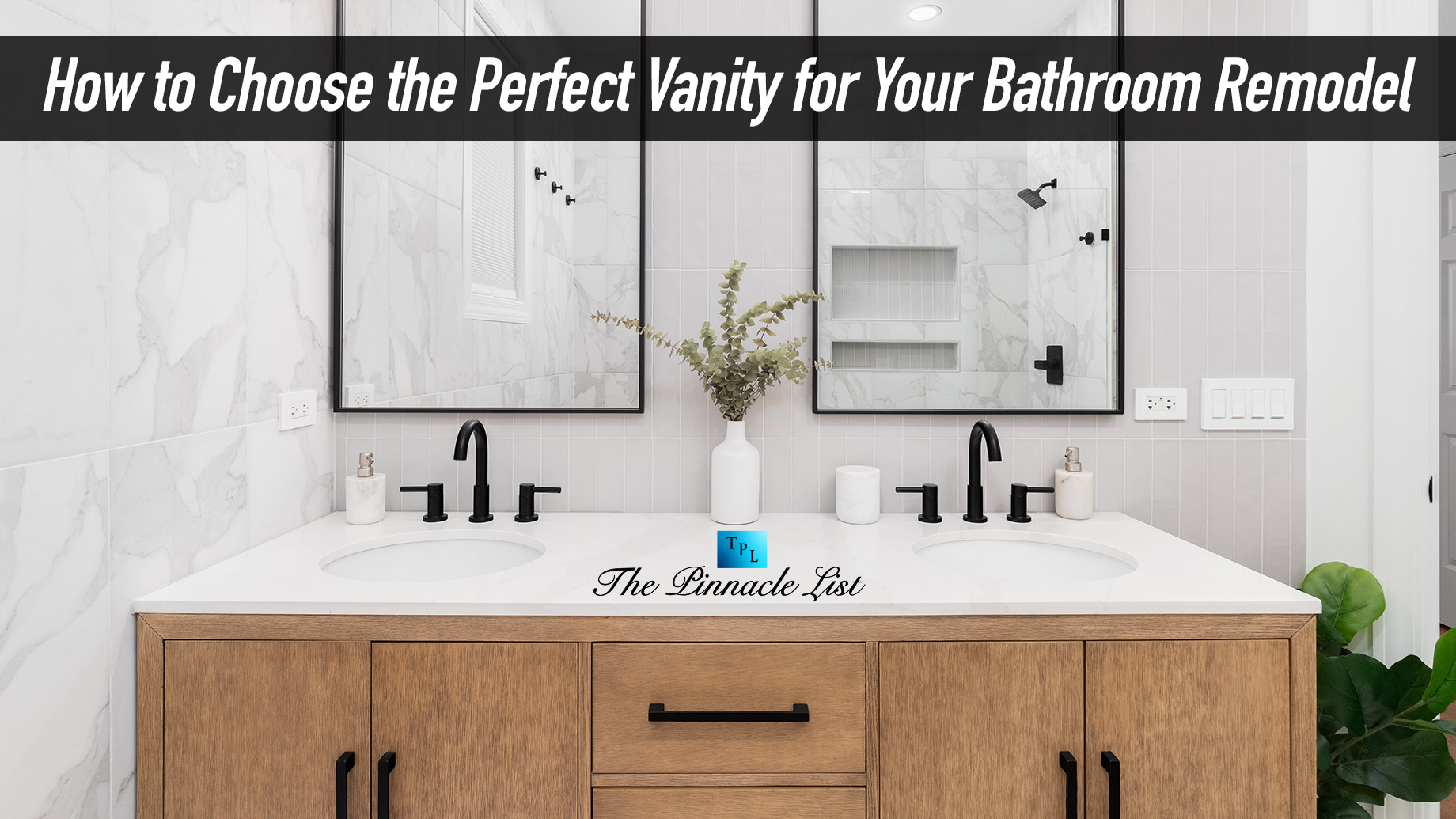
Selecting the ideal vanity for your bathroom remodel can transform both the style and functionality of your space. With so many considerations – size, storage, materials, and style – it’s crucial to approach your selection thoughtfully.
A well-chosen vanity not only enhances the aesthetic appeal of your bathroom but also maximizes storage and organization, making daily routines more efficient. From traditional to modern designs, the right vanity can set the tone for the entire room.
This guide covers essential steps to help you make an informed choice, ensuring that your vanity complements your personal style while meeting practical needs.
Step 1: Assessing Your Bathroom Space
Start by analyzing your bathroom layout. Take precise measurements of the available area, including width, height, and depth, to determine the right vanity size. Be sure to account for clearances needed for doors, drawers, and traffic flow.
Generally, you’ll want at least 24 inches in front of the vanity for comfortable access, and about 15 inches from the vanity edge to the toilet to maintain good flow and functionality.
Account for Plumbing Placements
Plumbing placements are another essential factor. If you’re keeping the existing plumbing, you’ll want to select a vanity style that accommodates it; changing plumbing can increase costs and complicate installation.
For those with more space, double vanities are ideal in shared bathrooms, while single vanities are better suited for compact layouts.
Step 2: Choosing the Right Vanity Style
Your vanity’s style will define the overall look of your bathroom. Key styles include modern, traditional, transitional, and farmhouse.
- Modern vanities are known for sleek lines, minimalist features, and often wall-mounted designs.
- Traditional styles are freestanding with ornate details and warm finishes.
- Transitional styles blend modern and traditional elements, creating a versatile, adaptable look.
- Farmhouse vanities bring in rustic wood finishes and functional hardware for a cozy, welcoming aesthetic.
Color and Finish Options
When choosing colors and finishes, think about whether you want the vanity to match or contrast with other bathroom elements like faucets and hardware.
For example, darker wood tones or deep paint colors can create a sophisticated look, while lighter colors or a matte finish can evoke an airy, modern vibe.
Step 3: Choosing the Right Materials
The vanity’s materials determine its durability, maintenance needs, and appearance. Popular choices include wood (solid wood, MDF, plywood), stone surfaces, and metals.
- Solid wood is natural and durable but requires treatment to resist moisture in a bathroom environment.
- MDF is more budget-friendly and less likely to warp but can be susceptible to water damage if not sealed properly.
- Plywood balances affordability and durability, making it a versatile choice.
Stone and engineered surfaces, such as granite, quartz, and marble, offer durability and water resistance.
- Quartz and granite are highly resilient and low-maintenance, while marble requires more care to prevent staining.
- Metal and glass vanities are less common but work well in specific styles like modern or industrial bathrooms.
- Although glass surfaces need frequent cleaning to avoid water spots.
Water resistance and maintenance are critical considerations in bathrooms. For example, painted finishes generally hold up well in high-moisture areas, whereas natural wood needs regular sealing to prevent swelling or warping.
Quartz and MDF are well-suited for humid environments, and sustainable materials, such as bamboo or reclaimed wood, can be good options for eco-friendly remodels.
Step 4: Budgeting and Value Considerations
Setting a realistic budget helps narrow down vanity choices. Vanity costs vary widely depending on materials and features, from budget-friendly MDF or laminate models starting around $200 to solid wood or stone-topped options that can go up to $1,500 or more. Be sure to factor in delivery and installation fees, as well as any potential plumbing adjustments.
When balancing quality and budget, invest in durable materials, especially for vanities in heavily used bathrooms. Prioritize high-quality countertops and reliable storage mechanisms.
DIY installation can help save on labor costs if you’re confident with your skills, but for intricate plumbing work or custom pieces, bathroom vanity installation services are often worth the investment.
Conclusion
Selecting the right vanity requires careful planning and consideration of your space, style, and functionality needs. With the guidance provided here, you’ll be well-equipped to make an informed choice that elevates your bathroom’s design, maximizes its usability, and adds lasting value to your home.